Rose Wine Sweetness Chart

Ah! A lazy summer afternoon picnic and a bottle of chilled rosé wine. Maybe a little chevre cheese and a baguette. What more could you ask for? Before you head to the local wine shop, it’s helpful to know the style of rosé you’re getting. Is your rosé wine sweet or dry?
Rosé wine sweetness ranges from bone dry to sweet. Boutique wineries are more likely to make dry rosé wines, while large brands can make off-dry and sweet rosés. Certain styles are always sweet or dry. Cabernet d’Anjou, a rosé made in the Loire Valley, France, is always off-dry (you can taste sweetness), but rosé wines from Provence, in Southern France, are bone dry. White Zinfandel, and Stella Rosa wines are both medium-sweet rosés.
Here’s a helpful guide on how to answer the question: “Is rose wine sweet?” Let’s start with a general overview of how they make rosé wines, then jump into how you can select your next perfect picnic wine.
- What Is Rosé Wine?
- How Is Rosé Wine Made?
- Does a Darker Rose Wine Mean It’s Sweet?
- What Are Sweet Rosé wines? – 6 Delicious Wine Styles
- Sweet Rose Wine #1 – White Zinfandel
- Sweet Rosé Wine #2 – Cabernet d’Anjou
- Sweet Rose Wine #3 – White Merlot
- Sweet Rosé Wine #4 – Pink Moscato
- Sweet Rose Wine #5 – Stella Rosa
- Sweet Rose Wine #6 – Rosés with Under 11% Alcohol Are Sweet
- Off-dry to Medium Sweet Rosé Wines
- What Rose Wines Are Always Dry?
- Rose Wine #7 – Grenache
- Rose Wine #8- Tavel
- Rosé Wine #9 – Cerasuolo d’Abruzzo
- Helpful Tip: Most Rosé Wines Are Dry!
- How to Buy Rosé Wines
- Final Thoughts – Is rosé wine sweet? Sometimes
What Is Rosé Wine?

Rosé wine is a pink wine made from red grapes whose juice had contact with the red skins for a short period of time to extract color pigmentation. Though uncommon in practice, rosé wine can also be a blend of red wine and white wine, which creates a pink colored wine.
What we think of today as rosé wine was probably what most red wines looked like long before modern times.
Winemakers in antiquity picked their grapes and then fermented and pressed them as quickly as possible to avoid spoilage. The Greeks and Romans knew that if you pressed red grapes with more pressure or let the red grapes sit on their crushed skins for a longer period of time, this would increase the red pigmentation in wines.
Helpful Tip: Here’s a post on how wine fermentation works – it’s a little nerdy, but it’s a good place to start if you’re curious.
Back to rose…
However, more red coloring wasn’t considered desirable because it also increased tannins, that harsh, drying quality in red wines. So, red wines from back in the day probably looked and tasted more like today’s rosé wines.
Technically, any red grape can be used to create a rosé wine, but that doesn’t mean that every red grape makes quality rosé wines.
Winemakers generally avoid making rosé wines with heavy-bodied, tannic red wine grapes, like a Tannat, Alicante Bouchette, or even Cabernet Sauvignon. These blockbuster red wine grapes bring significant tannin and color to wines, two qualities you don’t generally think of when sipping an easygoing, smooth rosé wine.
Fun List: Here’s a list of all the wine grapes commonly used to make rose wines.
So, if winemakers do want to use these fuller-bodied red wine grapes, they’ll often use them as part of a blend with more mainstream rosé grapes, like Grenache or Pinot Noir, to smooth things out and give more balance to that blush in your glass.
Different winegrapes and distinctive winemaking practices or winemaking traditions mean that rosé wines will express a sweeping range of flavors and fall anywhere along the sweetness scale, from dry to sweet.
Both of these facts mean that you want to consider what style of rosé you’re looking for when thinking about your next rose wine pairing occasion.
Discover: Goat Cheese and Wine Pairing Guide and this Rose Cheese Pairing Guide for more fun cheese and wine pairing ideas.
How Is Rosé Wine Made?
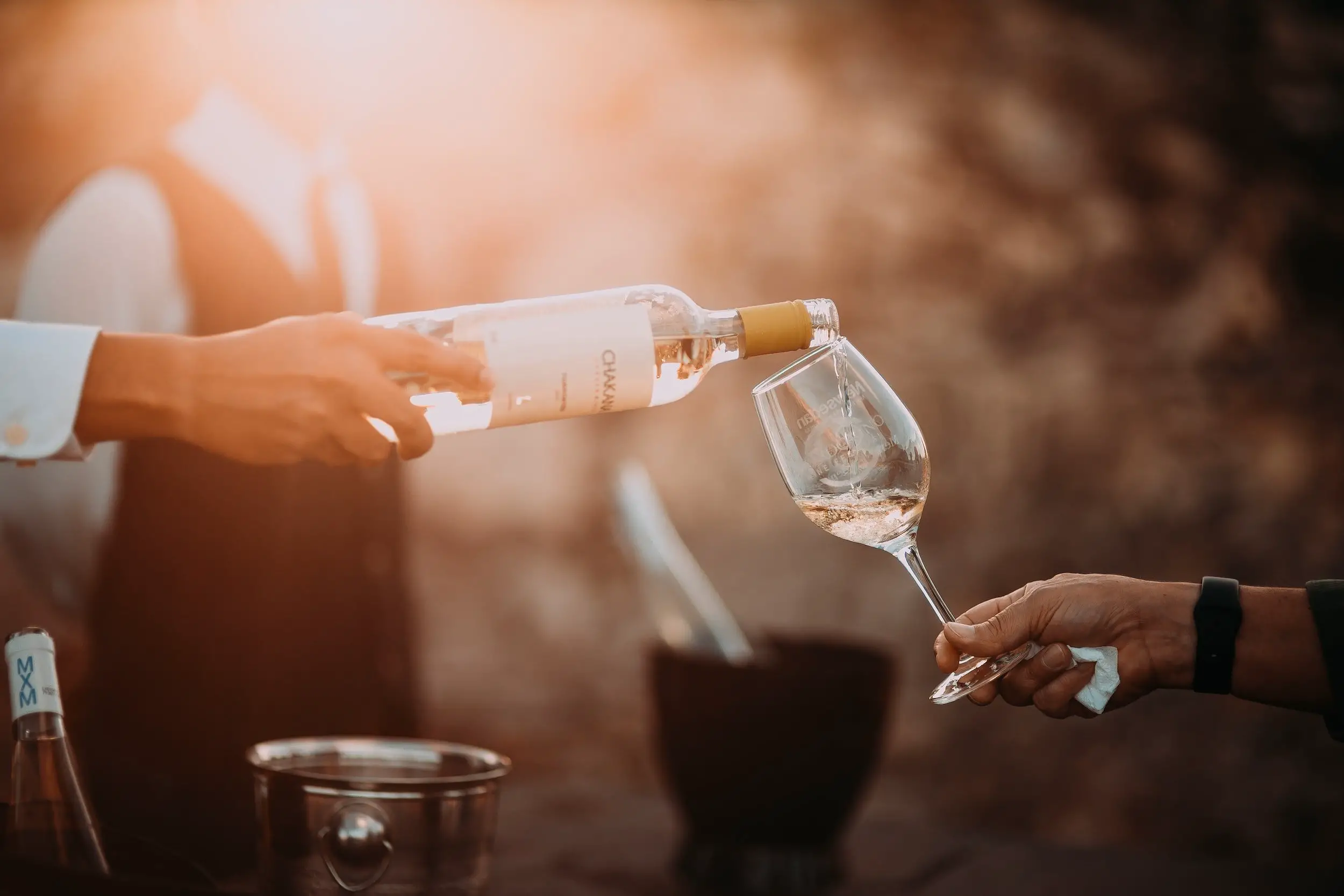
Rose wines can be made three different ways:
- Direct Press (also called vin gris or “gray wine”). In this method, the winemaker uses red grapes, like Grenache or Pinot Noir, and presses the grapes directly after harvest. The juice sits on the skins for a few hours to a few days leeching out color from the grape skins. When the winemaker is satisfied with the juice’s color, she presses the juice off the skins and starts wine fermentation. Direct press can make the lightest color of rosé wines, which is currently in vogue. Just how light can a rosé wine be? Direct press rosé wines can take on a white peach or even sandy hue, with no pink at all.
- Saignée Method. The saignée method (pronounced sewn-yay) translates to “bleeding”. Not worry, there’s no blood in your wine! The winemaker crushes red grapes and lets the wine sit, again for a few hours to a few days, and then drains off a portion of the juice, which is now pink, from a larger tank of red wine grapes. The main tank is destined to make regular red wine. The rosé juice can be any shade of pink, from pale blush to vibrant magenta. The winemaker uses this method to craft fuller bodied, more concentrated red wines.
- Blending Red and White Wines. Though it makes logical sense that adding a red and white wine together makes a pink wine, blending these two wine styles together remains uncommon. Winemakers do sometimes blend red and white wines to make a rosé wine.
Helpful Tip: Do you love pink wines? Go check out this helpful post: what is rose wine? that does a deep dive into how roses are made.
Does a Darker Rose Wine Mean It’s Sweet?
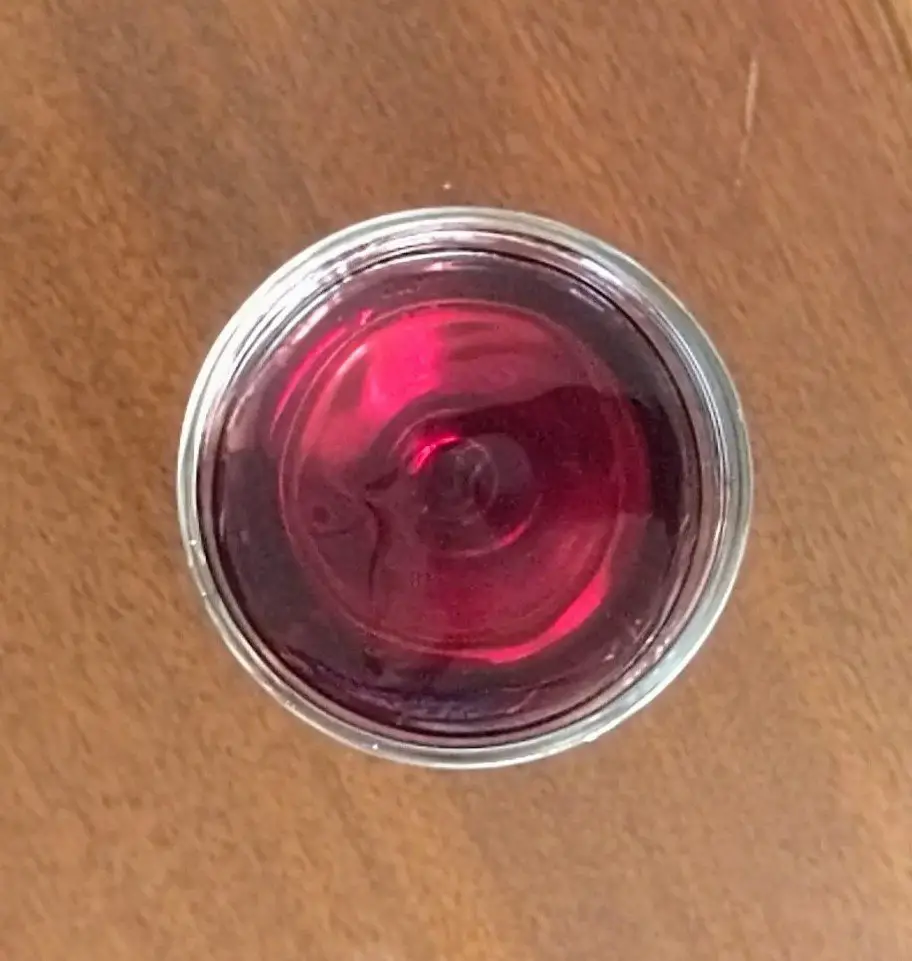
The color of rosé wine, whether it’s a dark pink or light blush, is unrelated to the wine’s sweetness. A dark pink rosé wine can be dry or sweet, just like a blush rosé wine can be dry or sweet.
However, the color of a rosé wine does give you clues about the wine’s flavors. Bright pink rosé wines should taste like ripe red fruit: strawberries or watermelon. Light pink rosé wines will taste like citrus, melon, and maybe hints of flowers.
Helpful Tip: Well-made rose wines should taste like they look. Bright pink cherry colored rose wine should taste like cherries, strawberries, and watermelon. Pale pink rose wines should taste citrusy and crisp.
What Are Sweet Rosé wines? – 6 Delicious Wine Styles
If you’re trying to figure out: “How to tell if my rose wine is sweet”, then there’s good news! There are a few styles of rosé wine that always have a kiss of sugar to them.
Sweet Rose Wine #1 – White Zinfandel

Made with the red Zinfandel grape, White Zinfandel rosé wines rose to fame with US consumers in the 1970s and 1980s. White Zinfandel is always off-dry to sweet with noticeable sugar. White Zinfandel rosé wines are a popular choice with people new to wine.
In the US market, Sutter Home was the first maker of White Zinfandel, but today you’ll find any number of large producers crafting this quaffable sweet rosé wine.
What does White Zinfandel rose wine taste like?
White Zinfandel wines will have orange melon and strawberry. The wine has medium acid and a medium body. Pair your White Zinfandel with summer fruit salads, creamy cheeses, risotto, and grilled vegetables.
Sweet Rosé Wine #2 – Cabernet d’Anjou
Moving up the quality ladder, look for Cabernet d’Anjou, another fun pink wine that’s sweet and fruity.
Cabernet d’Anjou rosé wines come from the Loire Valley in France.
They’re made with a blend of Cabernet Sauvignon and Cabernet Franc, not what you’d typically think of as rosé wine grapes, which makes them worthy of seeking out! You’ll need to go to a specialty wine shop to find a bottle of Cabernet d’Anjou, but it’s worth the effort if you’re looking to try something more robust than a standard White Zinfandel or White Merlot.
What does Cabernet d’Anjou taste like?
Cabernet d’Anjou rosé wines have red fruit like raspberries and cherries, citrus, and melon. The Cabernet Sauvignon brings menthol and blackcurrant to the blend. This wine will always be off-dry to sweet. Pair your Cabernet d’Anjou with BBQ chicken or other white meats with spice rub.
Sweet Rose Wine #3 – White Merlot
While not as popular as White Zinfandel, White Merlot came to the US market at a time when Merlot was a beloved red wine to compete with White Zinfandel. Expect your White Merlot to be off-dry to sweet with juicy red berries and candied notes. White Merlot rosé wines typically are lighter in color than White Zinfandel. Pair your White Merlot with pasta with cream sauce or spaghetti carbonara. Don’t forget to add a dash of freshly ground black pepper to ignite your tastebuds!
Sweet Rosé Wine #4 – Pink Moscato
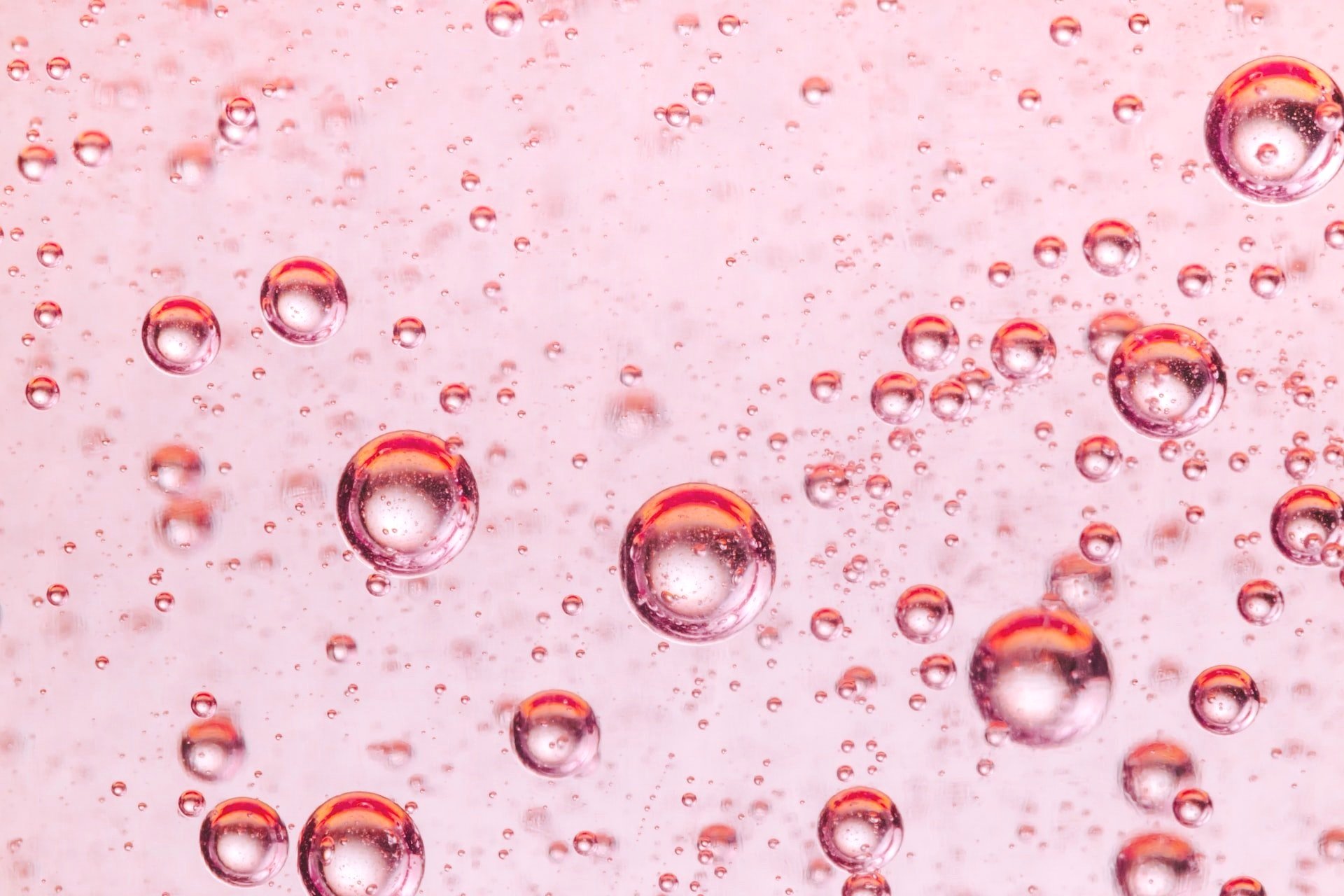
Pink Moscato starts out its life as a white Moscato wine. Moscato, or Muscat, is an ancient, pungent, aromatic grape that bursts with honey, flower, melon, and – yes – grapey notes.
The winemaker stops wine fermentation early so that the wine still has sugar leftover from unfermented grape juice.
At this point, the winemaker adds a dash of red wine (usually Merlot) to give this rosé wine its pink color and a dash of peach, apricot, and warm citrus.
This is a perfect example of blending white and red wines to make a pink wine!
If you need a light, refreshing rosé wine that’s going to be a crowd-pleaser, then Pink Moscato is the popular sweet rosé wine you want to buy.
Tip: I would totally recommend picking up several bottles of Pink Moscato for a large gathering like a baby shower, wedding, or other raucous, celebratory event where you know there will be tons of people with limited wine-drinking experience. Your guests will lap this popular sweet rosé wine up!
Sweet Rose Wine #5 – Stella Rosa
(If you’re not in the US market, skip this section.)
The wine brand Stella Rosa crafts sweet rosé wines that have a range of fruit flavors but all offer a candied core. Stella Rosa’s a large wine producer, so it has the facilities to make off-dry and sweet wines. These sweet rosés are an excellent choice for newer drinkers or those who like smooth rosé wines.
These wines will be technically well-made with bursting red berries, melon, and a twist of citrus to balance the wine out.
Sweet Rose Wine #6 – Rosés with Under 11% Alcohol Are Sweet
This next trick involves a little detective work to answer the question: Is rose wine sweet?
Look at the alcohol level on the bottle of rosé wine you’re thinking about buying.
Fully-ripe wine grapes will make a wine that has an alcohol level of 11% ABV or higher. This is the threshold for “medium” alcohol wines.
Wines that have less than 11% alcohol act as a clue that the grape juice didn’t fully ferment into wine.
This means there’s still some grape juice left in the bottle. Grape juice is sweet, so your wine will have a little sweetness.
Note: This doesn’t mean that you can’t have sweet rose wines above 11% ABV. This trick only works one-way. If the rosé wine is below 11% alcohol, you have a sweet to off-dry wine.
Example: Here’s a label for a Love Olivia rose wine. You know this is a sweet rose wine because of the 8% ABV.
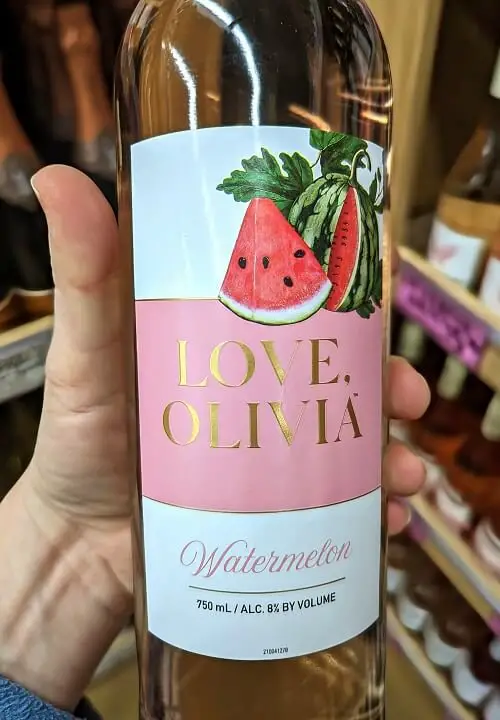
Off-dry to Medium Sweet Rosé Wines
Unlike the rosé wine styles listed above, these rosé wines will likely have a little sweetness to them, but that varies depending on the grape and winemaking technique.
You’ll want to double check the bottle label to see what you’re getting, most wine labels will give you clues.
Here are some fun label notes that tell you this is a sweet rosé wine:
- Our rose has the perfect hint of sweetness and an equal balance of grace, beauty, and peace qualities you’ll immediately discover within yourself.
- Light and fruity with plenty of ripe strawberry and melon flavors. This ripeness gives the taster an impression of sweetness that lasts through the soft, easy finish.
So, read those label notes!
What Rose Wines Are Always Dry?
Are any rosé wines always dry? This seems like an important question if you’re only interested in drinking sweet wines (or off-dry wines).
Rose Wine #7 – Grenache
Most wine producers that make a Grenache red wine also bottle a Grenache rosé. This is because Grenache as a grape is well-suited to rosé style wines.
Grenache is thin-skinned, automatically meaning that it makes wines with a lighter color pigmentation – perfect for rosé!
And Grenache’s naturally low tannin levels translate into smooth rosé wines.
Finally, Grenache always delivers fresh red fruits, like strawberry and cherry, again, perfect for rosé.
Regionally, rosé wines made in Provence, a historical and geographic region in southeastern France bordering Italy and the Mediterranean Sea, use Grenache as a mainstay in their rosé wines. While Provence rosé wines can use other permitted varieties, like Syrah or Cinsault, Grenache dominates these rosé wines.
If you’ve ever purchased a rosé wine from Provence, chances are that you were enjoying a bottle made with Grenache.
What does Grenache rosé wine taste like?
Grenache rosé wines are almost always bone dry.
Expect crunchy red fruit, including strawberry, red cherry, and watermelon. These wines can have mint, cucumber, and aromatic herbal notes. Grenache-based rosés rarely have noticeable tannins; these are smooth, easy drinking rose wines.
Grenache rosés have medium plus acid and will end on a tangy note, keeping your mouth watering for more.
Rose Wine #8- Tavel
Tavel, a winegrowing region in the Southern Rhone Valley, France, holds the honor of being the first rosé wine producer in France.
Despite growing noteworthy red grapes, like Grenache, Syrah, and Mourvedre, the wines of Tavel can only be vinified into rosés. This makes them worth seeking out.
Tavel includes 9 permitted grape varieties:
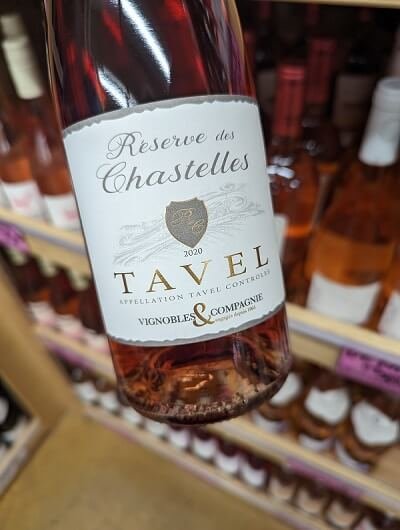
- Syrah – Adds aromas of red fruits.
- Mourvèdre – Adds color and aromatic freshness
- Cinsault – Adds elegance and structure
- Clairette – Adds floral aromas and body
- Grenache – Adds balance
- Bourboulenc – Adds acid and floral notes
- Carignan – Adds tannin, color, and fruit
- Picpoul – Adds acid and floral notes.
- Calitor – Very rare, is a grape of historical importance for Tavel growers.
No one grape variety can comprise more than 60% of a Tavel rosé, which means you’re getting a structured blend.
The Syrah, Cinsault, and Carignan all add considerable tannin, which is uncommon for rosé wine.
If you love red wines and generally skip rosé wines, then you need to try a Tavel. One of my wine instructors, the Bubbly Professor through the Society of Wine Educators, always described Tavel as a rosé with its shirt unbuttoned – powerful, unexpected, spicey, assertive, sexy wines.
What does Tavel rosé wine taste like?
Tavel rosé has pronounced aromatics with raspberry, cherry, plum, and strawberry. You’ll notice light to medium tannins and medium acidity. Travels have zip to them and deliver juicy red fruit. Tavel rose wines have more body than your average entry-level rosé, which makes them perfect for pairing partners for stronger flavors, like grilled meats (think summer BBQ wine), and spicy salads.
Rosé Wine #9 – Cerasuolo d’Abruzzo
Italy’s answer to Tavel rosé is Cerasuolo d’Abruzzo. Cerasuolo (pronouned chair-ah-swe-o-low), literally means cherry.
If that’s not a symbolic name for a rosé wine, I don’t know what is!
This rose wine comes from the Abruzzo region and is made with the classic red Montepulciano grape, one of the area’s leading varieties and one of Italy’s most widely planted red grapes.
Cerasuolo d’Abruzzo has high tannins and thick skins, another uncommon combination for rosé wines.
What’s Cerasuolo d’Abruzzo like in the glass?
Cerasuolo d’Abruzzo showcases intense red fruit flavors, tannin, and zippy acidity. Expect layers in these expressive wines. And because these are more structured rosé wines, Cerasuolo d’Abruzzo can age for a few years.
This means if you find a Cerasuolo d’Abruzzo in a bottle shop (which is where you’ll need to look for it), grab a bottle and keep it on hand for the next time you’re feeling thirsty for pink! The wine’s structure also makes it a companion for heartier foods, think spiced hams, citrus salads, Thai fusion, or even dim sum.
Helpful Tip: Most Rosé Wines Are Dry!
Sweet rosé wines by their very nature have sugar left in them, either added by the winemaker or leftover from unfermented grape juice.
Any yeast or spoilage microbes in the wine can consume that sugar and restart fermentation after bottling. This can lead to spritzy wine, or, far worse, exploding wine bottles.
Commercial sweet rosé wines go through sterile filtering which requires special (expensive) winery equipment. Small, boutique producers typically don’t have access to this equipment and won’t take the chance of exploding wine.
Helpful Wine Buying Tip: Because of expensive equipment costs, a rosé from your small, corner winery will almost always be a dry rose wine style.
Natural winemakers who celebrate low-intervention wines are another category of rosé wines that, by necessity, will always be dry – exploding bottles are bad… thrilling!… but bad.
How to Buy Rosé Wines
If you love uncorking rosé wines, then good for you and your wine budget! Rosés are some of the most affordable wines on the market thanks to quick production timelines and the ability for producers to move the wine (inventory) to market sans all of the expensive aging costs that come with red wine.
Most rosé wines come in two quality levels:
- Entry-level rose wines: These are inexpensive rosé wines from large producers. Most likely these bottles (or boxes or cans) of rose wine won’t have a year on the label.
- Vintage rose wines: These are mid-level rosé wines that will cost a few more dollars than the entry-level category. They have a year on the label.
Helpful Tip: Here’s a post that goes into more detail on what “vintage” means in wine.
Here’s how to buy the best bottle of rosé wine:
- For entry-level, non-vintage rosé wines, it doesn’t matter which bottle you pick. Easy. Drink these rosé wines as soon as you buy them. Don’t hold onto these rose wines or cellar them only to forget they exist.
- For rosé wines with an actual vintage (a year on the label), always pick the newest (youngest) rosé on the shelf from the producer. If you have last year’s wine and this year’s wine, choose this year’s wine. Winemakers intentionally capture freshness in rosé wines and want to showcase crunchy fruit qualities. These fade with time. And, just like the entry-level, non-vintage rosés, don’t cellar your rosé wine. Uncork and enjoy your bottle of rosé within a year.
Helpful Tip: I actually only keep 2-3 bottles of rosé wine in my cellar at a time. These are go-to wines for lazy afternoons, spur-of-the-moment picnics, and guests who don’t like red wine (not unheard of).
Final Thoughts – Is rosé wine sweet? Sometimes
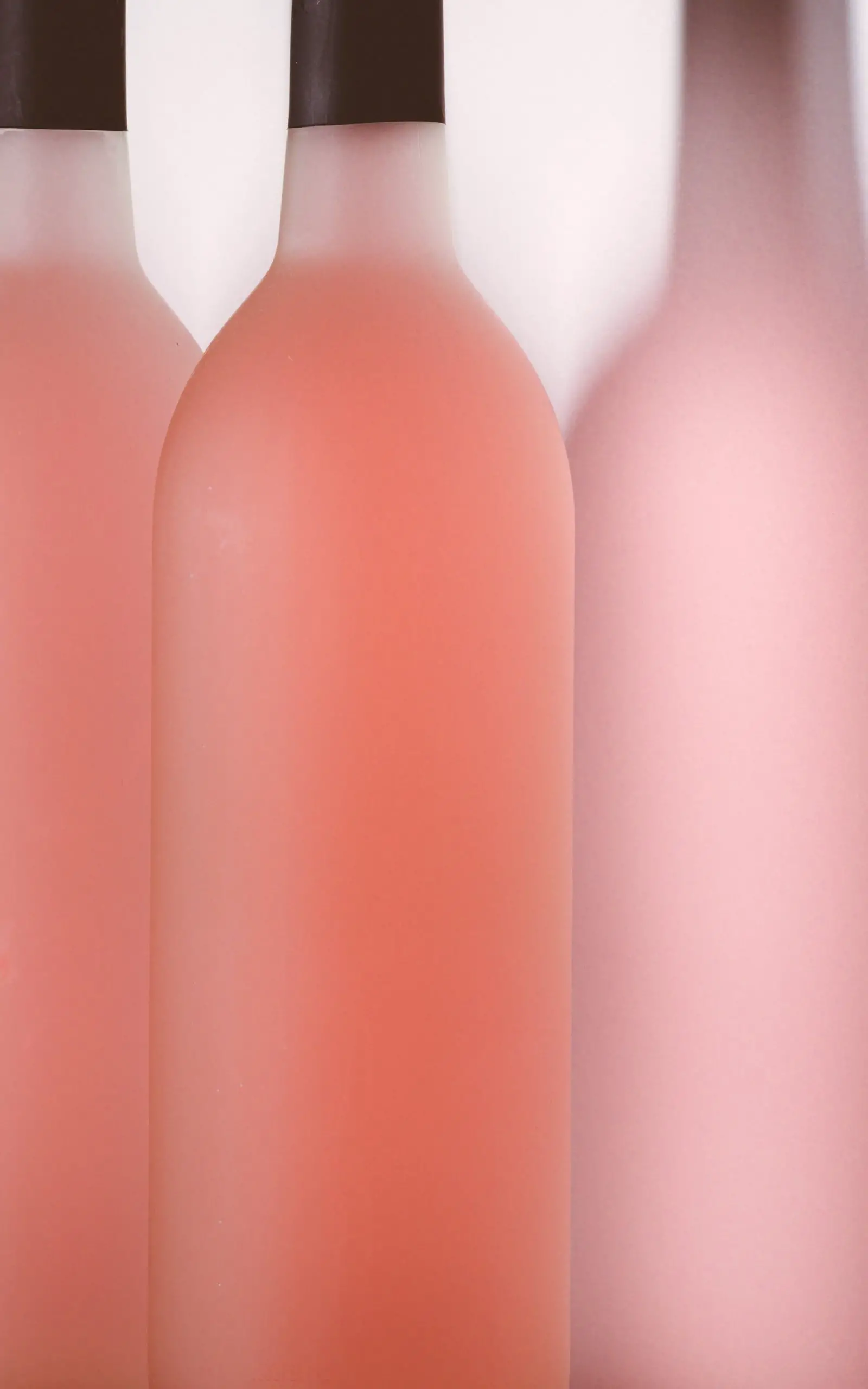
Knowing a little about how winemakers craft rosé wines along with a few of the benchmark rosé wine styles can help you pick out a sweet rosé wine or even pick out a dry rose wine if that’s what you’re looking for!
All of the tips and tricks in this post are general rules.
You’ll need to go out and spend some time in your local bottle shop reading labels and trying wines from different producers to get a good sense of what you like and dislike.
Such a burden. I know… but someone has to do it!
Discover: Goat Cheese and Wine Pairing Guide and this Rose Cheese Pairing Guide for more fun cheese and wine pairing ideas.
Thirsty for More?
I know that when I was first getting into wine, I gravitated toward fruity, sweet wines. Staring at an aisle of bottles with so many different labels can be intimidating, especially if you’re not sure where to start looking.
So, I put together this helpful post that lists out 7 sweet, fruit wine styles that burst with flavor goodness. I invite you to check it out!
Tasting Tip: Learn how to figure out if your wine is dry or sweet with this helpful post.



